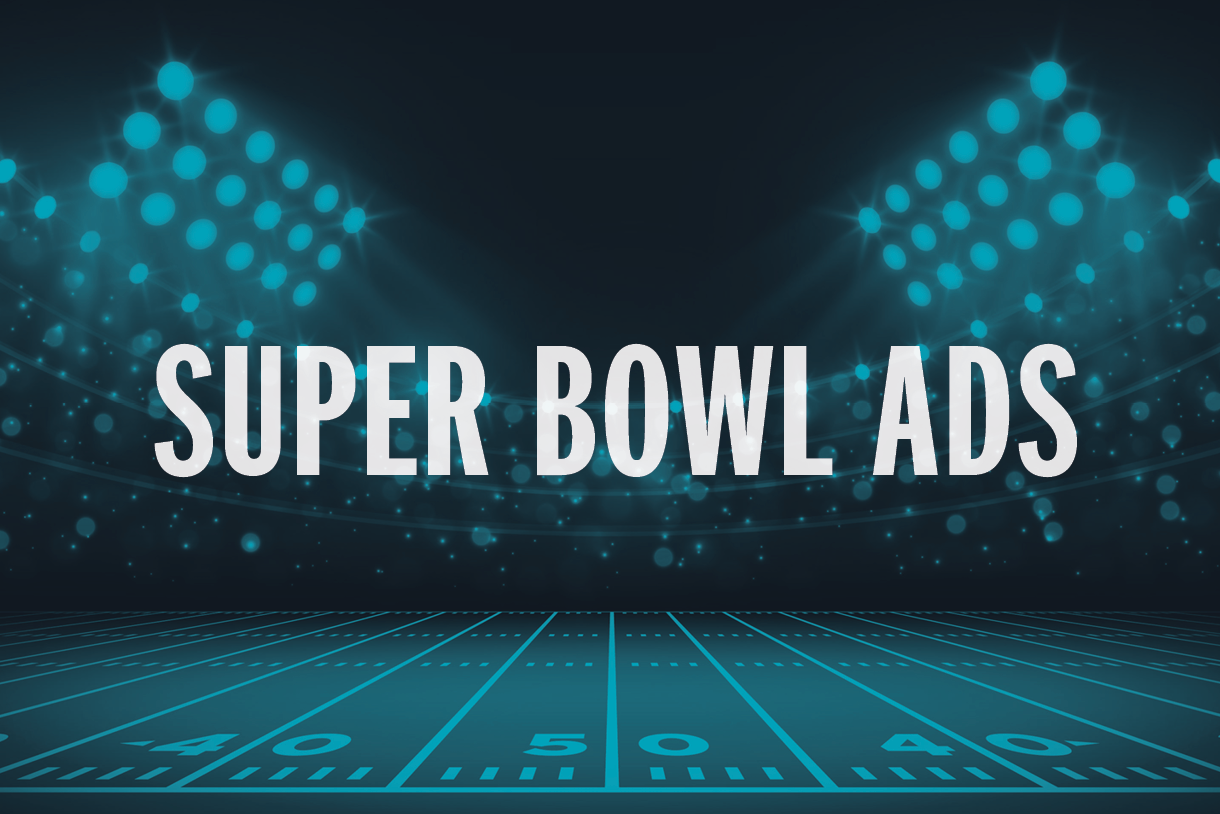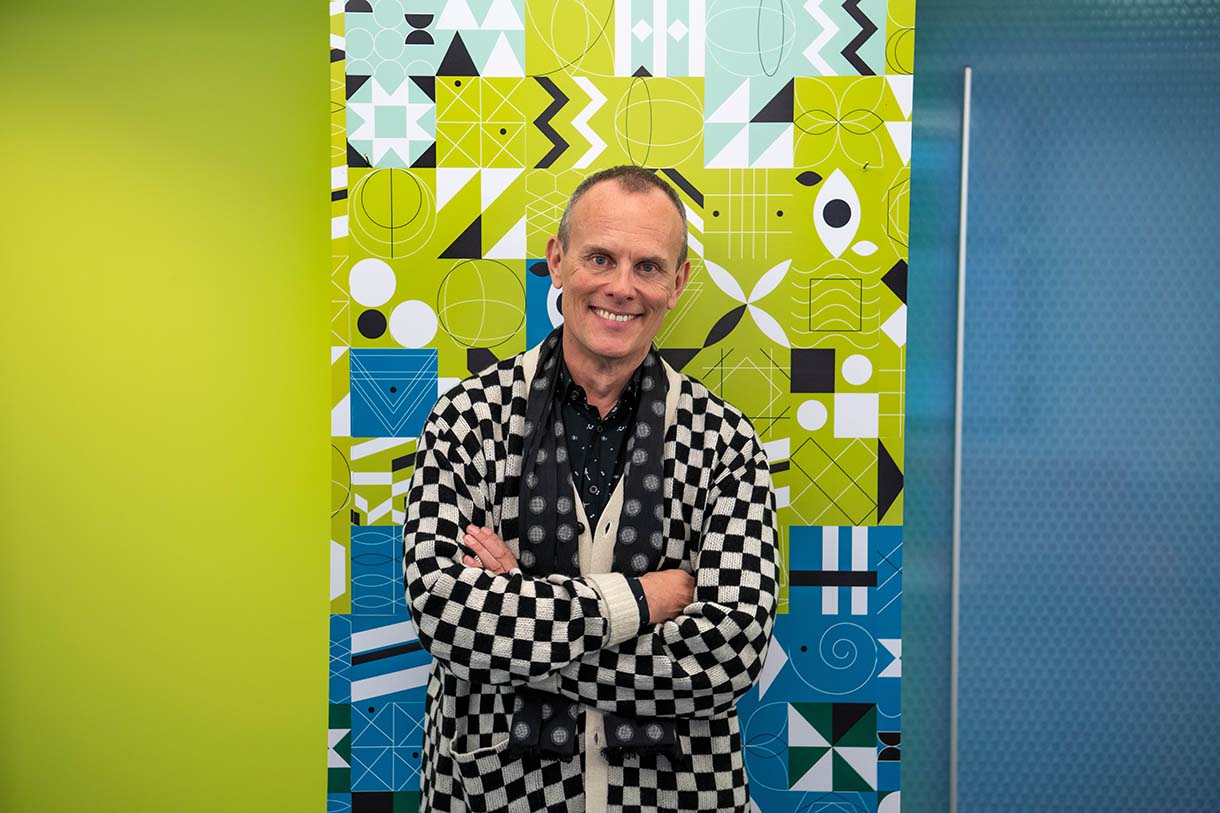Super Bowl Ads: What Matters and What Works
With the Super Bowl fast approaching, questions arise about those heart-tugging and sometimes silly ads that help draw more than 100 million viewers to their screens on Super Bowl Sunday and live-on as social media fodder long after the game ends.
And at Columbia College Chicago, you don’t need to look far to find an expert to discuss advertising; it’s one of seven majors offered in Columbia’s Communication Department.
Recently, we sat down with Assistant Professor Tom Eslinger to zero in on Super Bowl advertising: what clients want, what agencies hope to achieve, and what really resonates with audiences.
As a former global creative director for the agencies Saatchi & Saatchi and Burston Marsteller and a five-time Cannes Lions jurist (twice as Jury president), Eslinger has plenty of valuable insights to offer.
Timing and Bragging Rights: They Matter
Super Bowl ads aren’t cheap, and companies buying ad time on Super Bowl Sunday have big expectations, according to Eslinger. For agencies, securing the right time spot for their clients at a good price based on what’s available is key. For example, clients and agencies find ads right before the half-time show very desirable.
“You want a good deal, but you want the best one,” he says. “And so that's almost the first thing agencies help client’s figure out … how much and where are we going to be able to place your ad?”
Clients also want their investment to reap rewards before and after the Super Bowl. Today, it’s not just the Super Bowl Day ad itself, it’s the teaser beforehand (e.g., Geiko’s caveman character recent re-emergence), the activations seen in the parking lots outside the Super Bowl, the social media frenzy that follows, and more.
And while an uptick in product sales and brand awareness matters to clients, so does popularity.
“Clients and their agencies want the teaser to be really well reviewed and they want lots of YouTube comments on the teaser,” Eslinger says. “Then, they want lot of anticipation for the ads, and they want people talking about them on social and then from there, they obviously want the brand halo to keep going outside of the Super Bowl.”
Ad professionals working in agencies also thrive on Super Bowl bragging rights.
“Everybody working on the agency side wants to have a Super Bowl ad somewhere on their reel that they worked on,” Eslinger says.
After the Super Bowl, Eslinger will talk to his students about Super Bowl ad campaigns in his classes about branded entertainment and fashion advertising. Because just as advertising permeates social media and activations at the event itself, what performers wear during the half-time show is a mode of advertisement. Everything is intentional, Eslinger says.
What Works
Humor, nostalgia, emotional connection, celebrities: All these elements resonate with consumers, according to Eslinger.
Tide ads, featuring “Stranger Things” star David Harbour are among Eslinger’s favorite past Super Bowl ads. The ad series included elements from other Procter & Gamble ads in humorous ways, while also focusing on the cleaning power of the product.
“It was always on message,” Eslinger says.
“With the Super Bowl, the agency, media buyers and, of course, the clients and shareholders all want a Super Bowl that kills on the day, gets attention, and drives a business goal for the business and brand,” Eslinger says. “A stinker Super Bowl that fails to connect can bring the wrong kind of attention for a brand and in 2024 everyone has a global voice if it's amplified.”
This year, Eslinger eagerly anticipates dissecting ad campaigns along with his classes, and the return of an ad campaign favorite, which he hopes delivers both laughs and memories.
“I look at the Geico caveman coming back, and I’m thrilled as it's the 25th anniversary of geiko.com and the ‘It’s So Easy a Caveman Could Do It’ campaign,” he says. “But it's also something that is a strangely comforting, funny thing that a lot of us remember.”
Recent News
- Creativity Without Limits: Columbia Students Bring Imaginary World to Life With Virtual Production
- Columbia College Chicago Students Gear Up for TEDx Impulse and Impact Event on May 2
- Registration Now Open for the Scholarship-Eligible Summer Social Justice Institute
- Celebrating World Book Day with Caldecott Award Committee Member Katie Paciga
- Meet the 2024 Manifest Student Team

